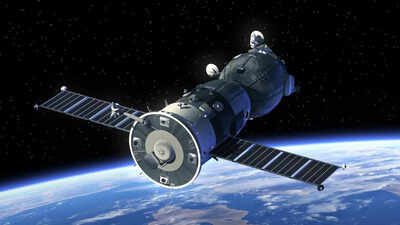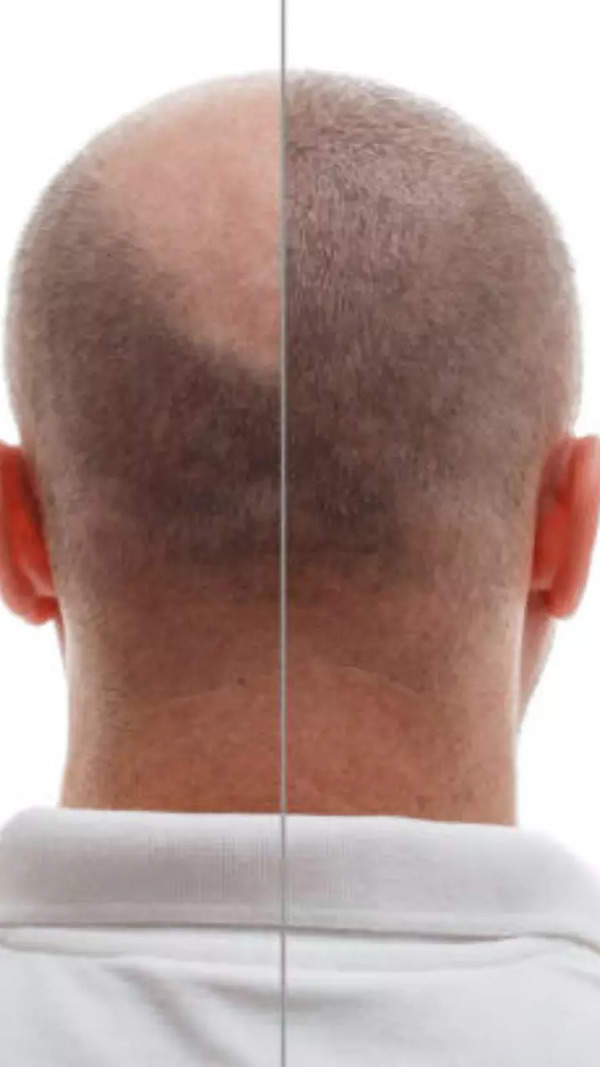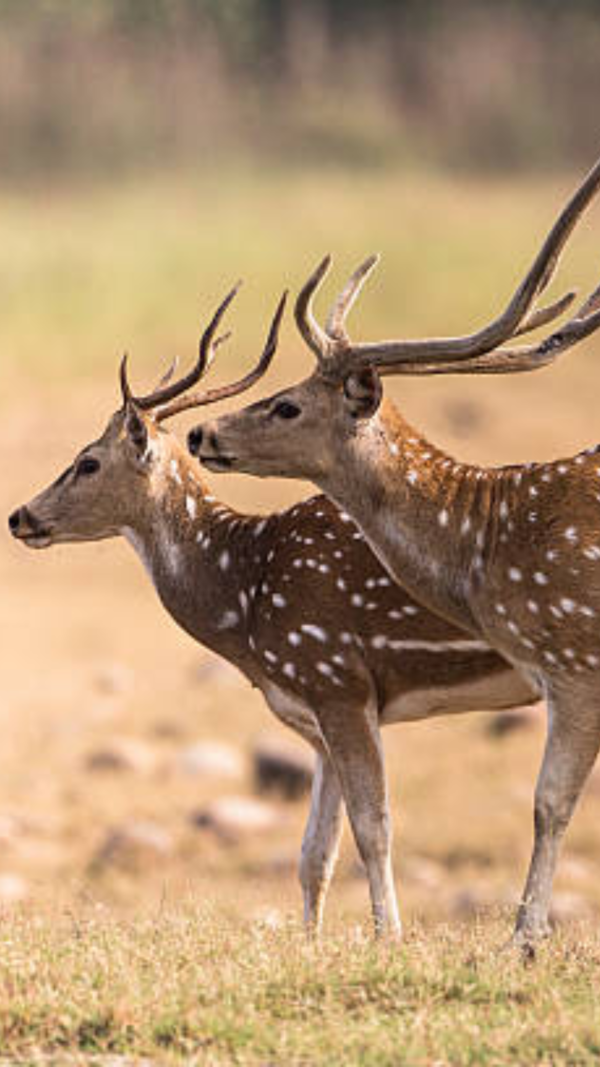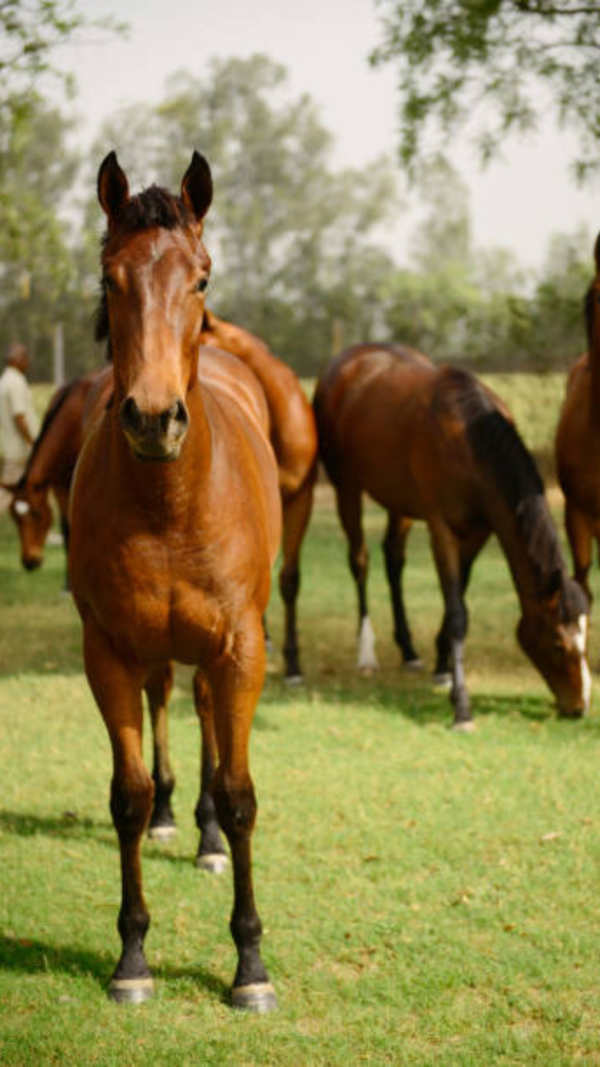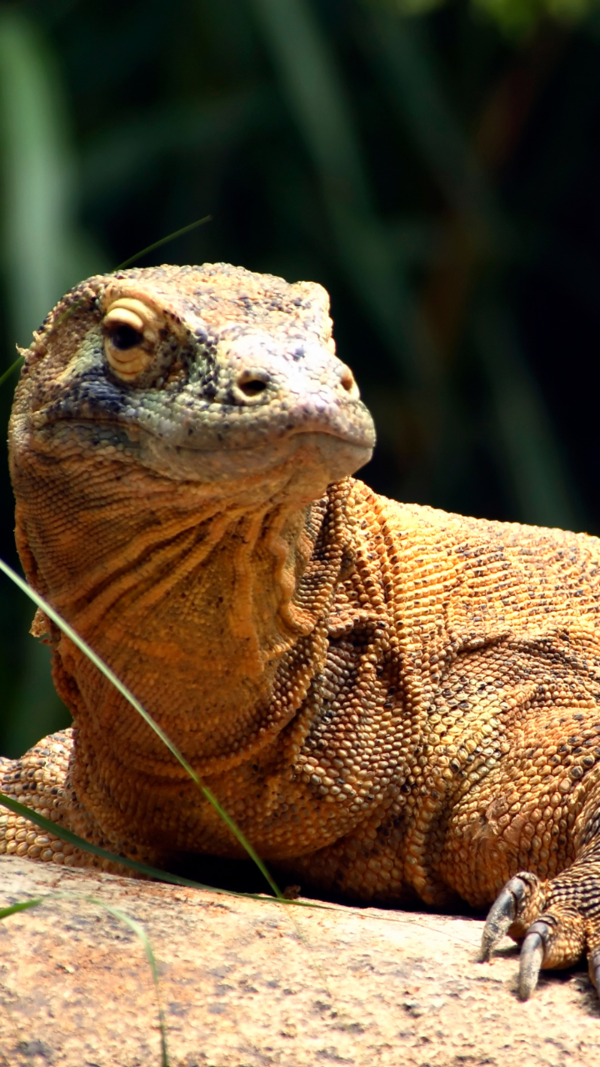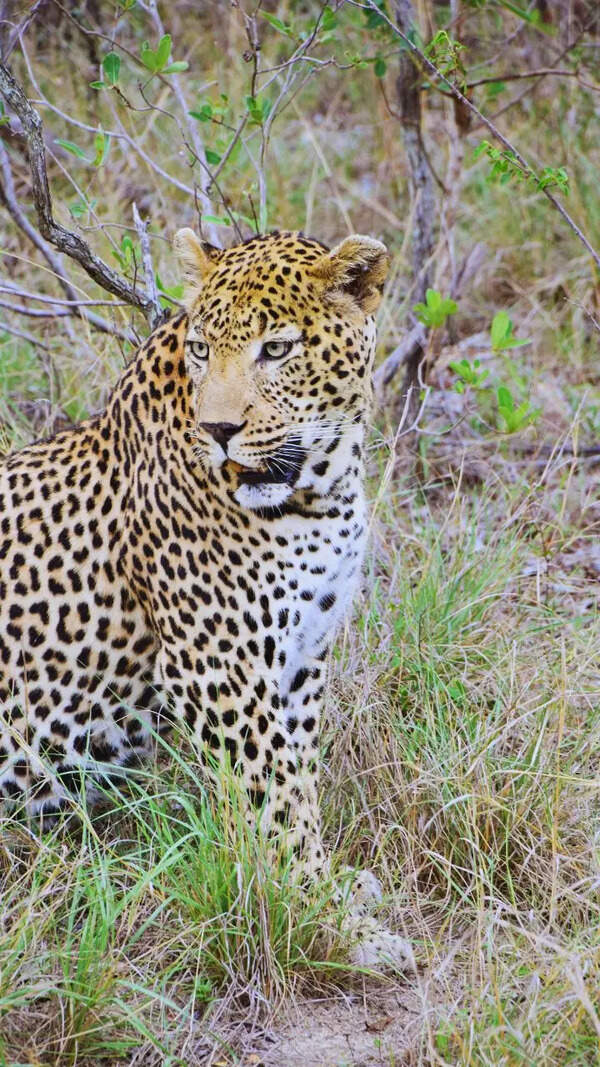Trending
Sunita William and Butch Wilmore return date and time confirmed by NASA; all you want to know
NASA's astronauts Sunita Williams and Butch Wilmore are set to return to Earth after being stranded on the ISS for over nine months due to propulsion issues with their capsule. They will travel aboard the SpaceX Crew Dragon, with an ocean splashdown near Florida.
NASA has confirmed that astronauts Sunita Williams and Butch Wilmore will finally return to Earth early Wednesday morning after being stranded aboard the International Space Station (ISS) for over nine months. Their long-awaited journey home is scheduled to take place aboard the SpaceX Crew Dragon spacecraft, which successfully docked at the ISS on Sunday.
Williams and Wilmore were originally on a short 10-day mission but were unable to return due to propulsion issues with their Boeing Starliner capsule. NASA has now arranged for them to come back with SpaceX’s Crew Dragon, along with fellow astronauts Nick Hague from NASA and Russian cosmonaut Aleksandr Gorbunov.
Poll
Do you believe the astronauts should receive additional pay for their extended mission?
When will they touchdown on Earth?
Their return is expected to conclude with an ocean splashdown near the Florida coast at approximately 5:57 p.m. ET on Tuesday (2157 GMT, 3:27 a.m. IST on March 19). The date was initially set for Wednesday but was moved forward to avoid worsening weather conditions.
According to NASA, the updated schedule allows for important handover duties to be completed on the ISS while also ensuring a safe return before less favorable weather arrives later in the week.
The SpaceX Crew Dragon’s arrival at the ISS was part of NASA’s regular crew rotation, but it became a crucial mission due to its role in bringing Williams and Wilmore home. Elon Musk shared a video on Monday of the astronauts thanking him and former U.S. President Donald Trump for their support. In the clip, Williams can be heard reassuring her followers, "We are coming back before long, so don't make those plans without me. We'll be back before too long."
Wilmore also expressed gratitude, saying, "All of us have the utmost respect for Mr. Musk and obviously respect and admiration for President of the United States Donald Trump. We appreciate them, we appreciate all what they do for us, human spaceflight for our nation, and we're thankful for the positions they are in." In response, Trump stated he would personally greet the astronauts upon their return.
What happens after their return?
Once back on Earth, NASA will hold a Return-to-Earth media conference on NASA+, featuring key officials like Joel Montalbano from NASA’s Space Operations Mission Directorate, Steve Stich from the Commercial Crew Program, Jeff Arend from the ISS Office, and Sarah Walker from SpaceX’s Dragon Mission Management.
On the other hand, while their return on Earth will be much welcomed, they still have a long period of readjustment before them. Living in zero gravity for so long, they have developed muscle atrophy in legs, back and neck, which makes walking difficult in Earth's gravity.
Astronauts also experience fatigue and reduced stamina, requiring weeks or even months of rehabilitation to regain full strength. Their bodies, having adapted to weightlessness, will need time to function normally again in Earth’s conditions.
How much will they be paid for their extended stay?
Despite the unexpected length of their mission, Williams and Wilmore will not receive overtime pay. According to former NASA astronaut Cady Coleman, astronauts receive a set salary, along with transportation, lodging, and food covered by NASA. Additionally, they receive a small daily allowance for incidentals.
Coleman, who spent 159 days in space between 2010 and 2011, received approximately $636 (over ₹55,000) in extra compensation. Based on the same calculations, Williams and Wilmore—having spent 287 days in space—are expected to receive at least $1,148 (about ₹1 lakh) each.
Both astronauts are classified under the GS-15 pay grade, the highest level in the U.S. government's General Schedule system. Their base salary ranges between $125,133 and $162,672 (approximately ₹1.08 crore to ₹1.41 crore), depending on their specific step level within GS-15.
Over the course of their extended nine-month stay, their prorated salary is estimated to be between $93,850 and $122,004 (approximately ₹81 lakh to ₹1.05 crore). Adding the incidental pay of $1,148, their total earnings for the mission are expected to fall between $94,998 and $123,152 (approximately ₹82 lakh to ₹1.06 crore).
It is worth noting that NASA may have adjusted the incidental daily allowance since Coleman’s mission in 2011. If the amount has been increased over the years due to inflation or other factors, Williams and Wilmore’s actual additional compensation could be higher.
End of Article
Follow Us On Social Media
Visual Stories
Tired of too many ads?
